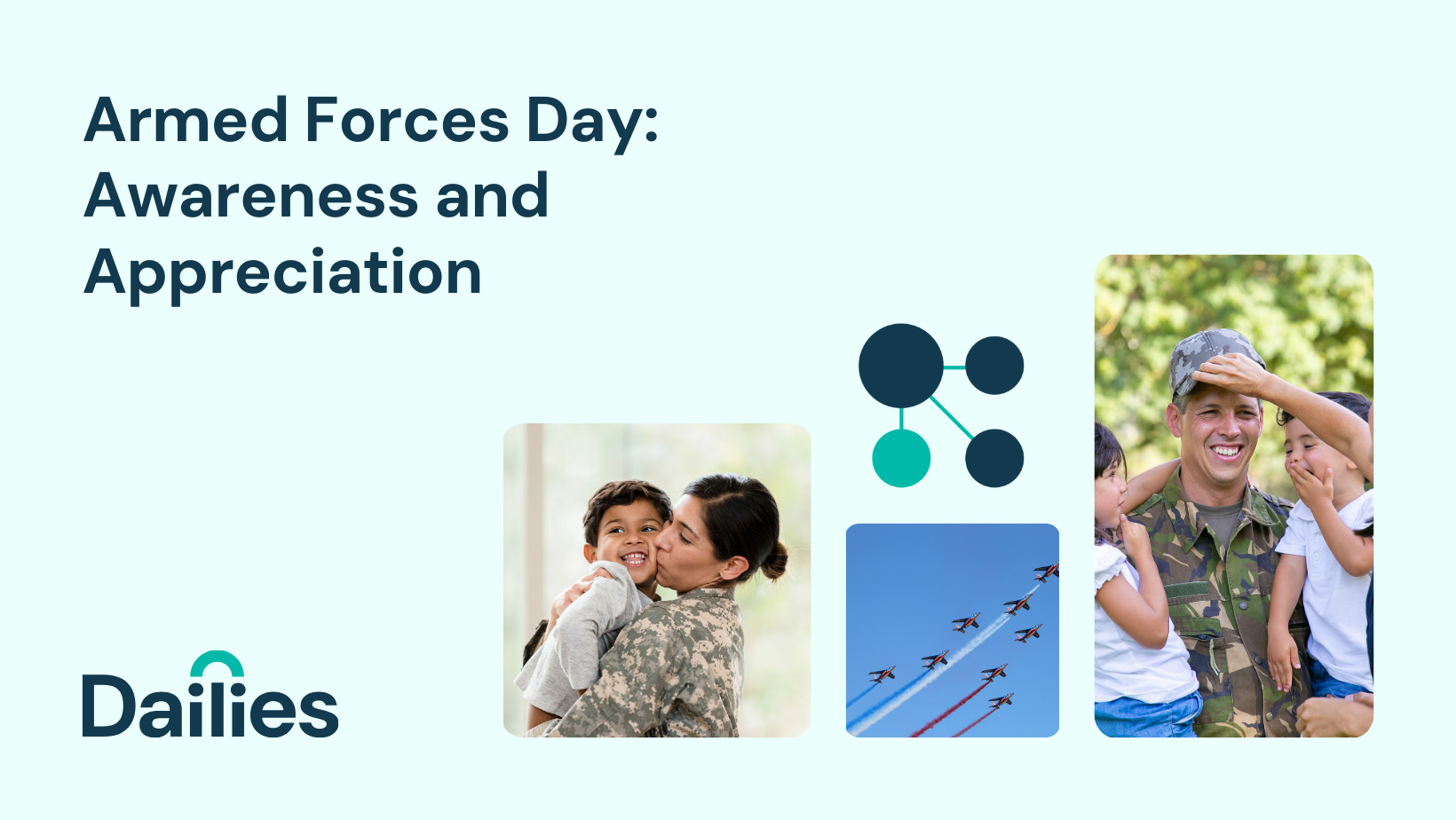Although I am not yet a parent myself, we all know that parents wear many, many hats. For some families throughout the past few years, education has remained the same as it always was; the parents simply continued to take on the role of teacher like they always had been. For other families, the parents found themselves in a new teaching role that just piled on to the rest of their roles and expectations. For those who have always taught their children, for those who now have more insight into their child’s education due to at-home schooling, for those who supplement their child’s learning with activities and homework help at home, for teachers, and even for those who simply want to teach their child how to make his/her bed!, this blog post highlights a teaching method that is the foundation of all we do. I dare you to attend a curriculum training session without hearing this term be tossed around.
This teaching method might seem like common sense to some, it might already be something you’re doing without even realizing it, and it might be a completely new concept. Regardless of where you fall on this spectrum, research and best teaching practice shows that this style of teaching successfully helps children, adults, anyone (!) learn something new in a natural progression. This method reaches all grade levels, all content areas, and everything that falls in-between.
So, let’s jump right into it. What method are we talking about? It is called Gradual Release, and if you’ve observed any of your kids’ Dailies classes, I’m sure you have unknowingly seen this in action! Gradual Release takes an approach of “I do, we do, you do”; that’s another way to describe this method simply.
I Do
- In this first part of teaching something new, you’re not saying “I do!” to get married. Instead, you (the teacher, the parent, the one who has knowledge to impart) is teaching and explaining a topic. The teacher takes the responsibility and does the work in this part. In this section, it doesn’t just require the teacher to instruct and explain, but the teacher also needs to model and show how it is done.This includes explicit instruction and modeling, both are equally as important.
We Do
- In this next section, the parent and the student (or whoever is gaining knowledge here) work together as the parent guides the student and provides support, as needed. The teacher slowly shifts and hands more “work” over to the child, and the child slowly takes on more responsibility with the knowledge that is being taught. This stage might be longer, it might be shorter, depending on the needs of the child. Some may know this stage as guided practice.
You Do
- In this last part of the Gradual Release, the child or the student works independently and tries out the new skill or knowledge for himself/herself. The parent could be there in the background observing, but the child really takes ownership in this step. This is the independent part of the lesson and could even be used for an assessment.
Think back to something you probably have learned for yourself- riding a bike. When you learned, did you just hop on the bike all by yourself and go? I’m sure a few people tried it for the first time that way, but I know I’m not just speaking for myself when I say not all of us learned that way! Didn’t you first watch someone on a bike? You knew what a bike was, what it looked like, how to use it. It was modeled for you! When it was time for you to learn, someone clearly explained to you “Sit on the seat, move your legs to make the pedals go around, put your hands on the handlebar”. That was explicitly explained to you. You then probably tried to ride it with someone right next to you, there for you to hold onto and to push the bike forward while keeping you balanced. Their grasp probably lessened and lessened. Before you knew it, you were doing it completely by yourself!
When working with your child or thinking about education, is this something you’re already doing or that you’ve tackled? What are some other helpful lesson components that tie into the I Do, We Do, You Do?
I Do
- Before you explicitly explain and model, include a connection at the beginning. Can you link what you are about to teach to the child’s background knowledge, prior knowledge, or a previous lesson?
We Do
- Can you make it cross-curricular and tie another subject into it?
You Do
- Assess to see where you go next with your following lessons or concepts you want to teach
- Opportunity for child to reflect/connect, share and communicate, tie everything together
While every single lesson doesn’t always have to use the Gradual Release method (For example, sometimes lessons start off with inquiry. This is when you question, the child explores, and that leads into the explicit instruction component.), it sure is the foundation and the basis of most teaching, and it’s a great strategy for you to try out whenever you are trying to impart knowledge! How can you implement this in your household?
The teacher gradually releases the knowledge, gradually releases the responsibility…see how it gets the term “gradual release”? It will gradually lead to success!






